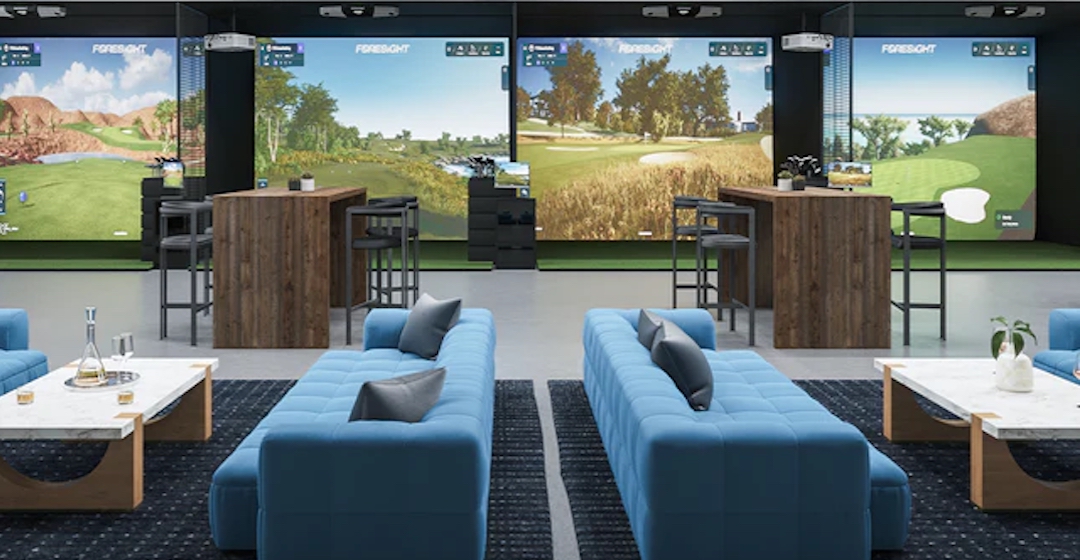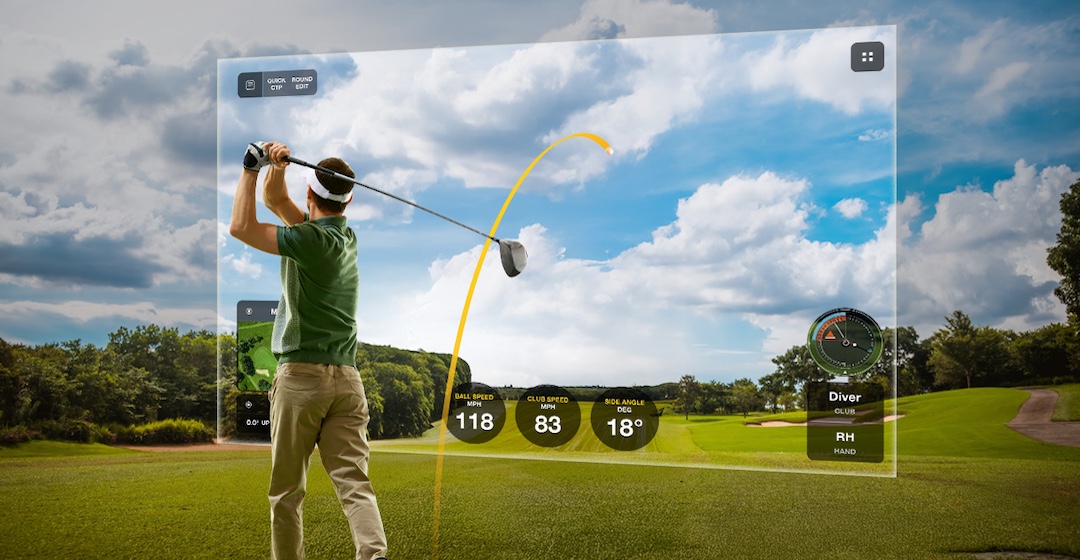Golf has wrestled for decades with the question: how do you grow the game? Lower costs? Shorten rounds? Build more courses? Jay Karen, CEO of the National Golf Course Owners Association (NGCOA), believes the answer may already be in front of us: simulators.
The Rise of Simulator Venues
Karen predicts that the number of simulator-driven venues will double in the next decade. And the trend isn’t driven by seasoned golfers looking for a winter fix—it’s being fueled by younger players. For many in Gen Z, simulator golf is their first introduction to the game. They’re swinging clubs indoors, often in spaces that feel more like bowling alleys or rec centers than golf clubs, and they’re enjoying it enough to come back.
Why It Matters for Gen Z and Beyond
Not every town has a golf course anymore. Land costs and water restrictions mean fewer new courses are being built, while older ones are closing. But nearly every community has a school gym, YMCA, or after-school center. Add a simulator, and suddenly kids who would never set foot on a fairway are learning the basics of golf.
Adults are catching on too. For working professionals, dropping in for an hour on a simulator is far more feasible than carving out a six-hour day for 18 holes. Families can make it a night out. And for clubs, that means new touchpoints with future members.
Clubs: Compete or Partner?
Karen says the worst thing a golf course can do is view simulator venues as competition. The smarter play? Partnerships. Work with local venues to create feeder programs, reciprocal memberships, or even set up simulators at the course itself. That way, the transition from indoor to outdoor golf feels natural.
Data and Dollars
Simulators aren’t just fun—they’re data machines. Swing speeds, launch angles, spin rates—all collected and stored. Courses and coaches can use this data to personalize lessons or recommend equipment, making relationships with players stronger.
Karen’s bottom line: simulators aren’t a novelty. They’re the most effective growth tool the game has seen in decades, bridging accessibility, technology, and business opportunities.

Simulator Venues Aren’t a Fad; They're Golf’s Growth Engine
NGCOA’s Jay Karen predicts simulator venues will double, bringing golf to kids, pros, and families—while pushing clubs to adapt, partner, and grow.






